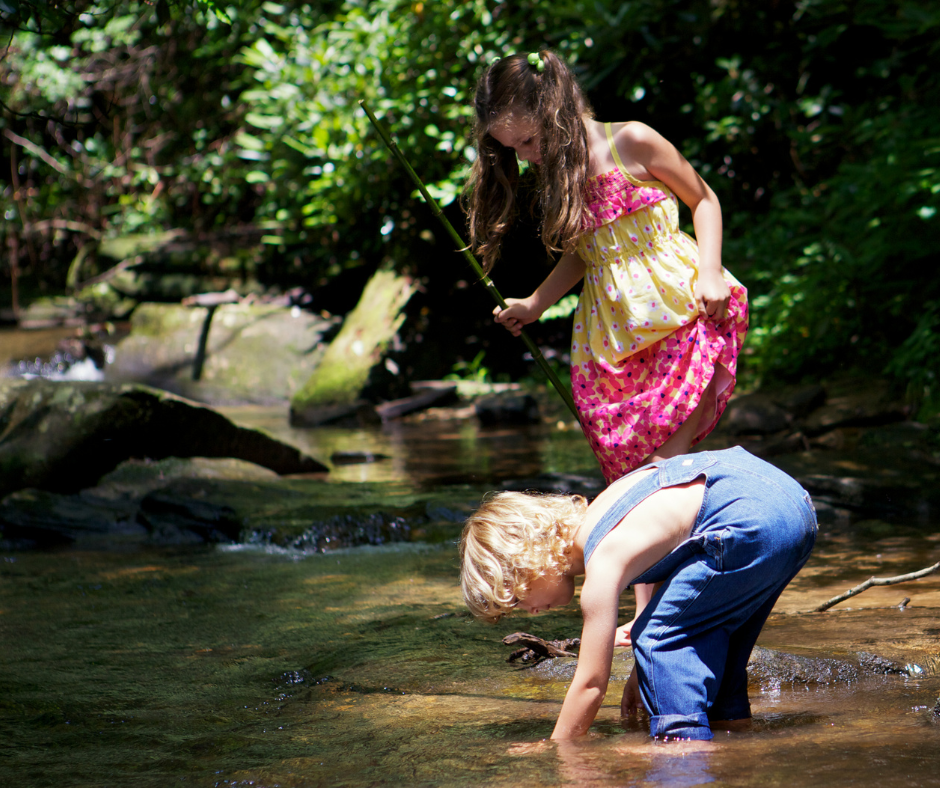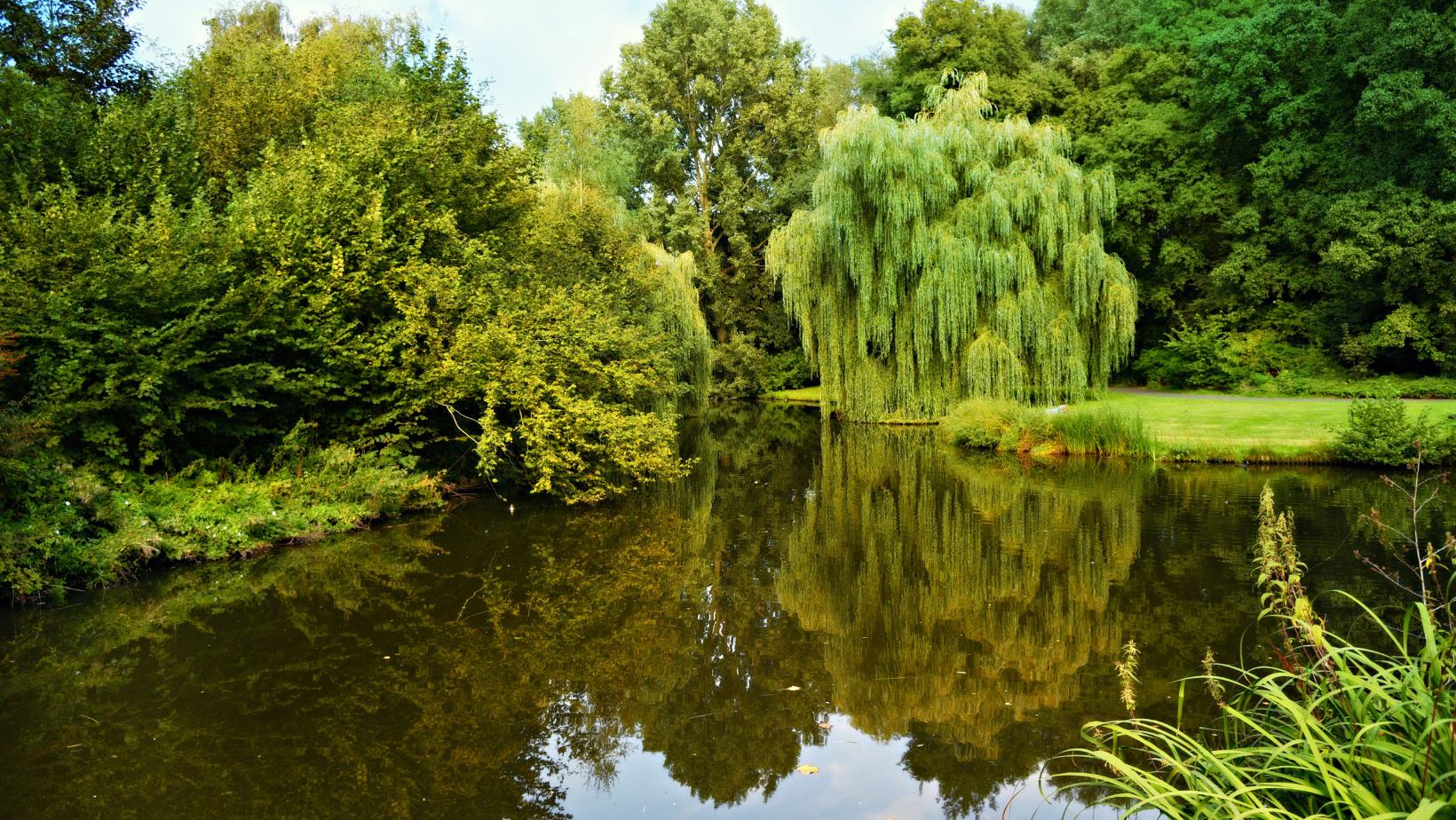Pinecones: 9 Fun Family Activities
Pine trees are evergreen trees that keep their leaves (needles) all winter. They belong to the conifers, plants that produce their seeds in a cone. The trees produce pinecones as a way to reproduce.
Before we jump into our activities, here are some interesting facts about pinecones:
Pinecones come from pine trees but all conifer trees make cones. Cedar and spruce trees also make cool cones.
There are 49 species of native pine trees in North America.
Pinecones may have different shapes and sizes depending on tree species
Pinecones protect pine tree seeds from extreme weather.
It may take more than 10 years for a pinecone to naturally fall out of a tree.
The best time to look for pinecones is autumn.
Squirrels love to eat pinecones! Learn more about squirrels and do a pinecone craft (13:00)
Where Can You Find Pinecones?
Some places where pine trees are likely to grow usually have:
Dry soils (some species grow in humid soils but it’s rare)
Lots of sunlight (most species are shade-intolerant)
Windy areas (pine trees need wind for seeds pollination)
Recurrent forest fires
Why Do PineCones Open?
So we know that pinecones protect tree’s seeds. But they are also responsible for spreading these seeds, that are usually hidden in the body of the cones (see Image 1
Image 1: Position of pine cone seeds
When they are closed, it’s because they are protecting the seeds from cold temperatures, rain, or intense winds.
When they are open, it’s because it’s warm enough and they may release the seeds to germinate in the soil.
#1: LOOK OUT FOR DIFFERENT SPECIES OF PINE TREES AND PINECONES!
COMPARE DIFFERENT PINE TREE BODIES
Different species of pine trees have different shapes, colors, and heights.
You can look out for 2 different pine trees and compare them. Different species may differ in:
Size of the body of the pinecone
Shape of the body
Different shapes or textures of tree’s bark
What Are Pine Needles?
You may have noticed that pine trees’ leaves are very particular. They don’t look like other tree leaves. Instead, they are large and sometimes sharp. This is why they are called needles.
To identify different species of pine trees you may want to look at the shape, size, color, and number of needles in each cluster.
Needles are attached to the branches in groups of clusters. You may find groups of two, three, five, or even just one cluster. Also, they may be longer or shorter depending on the tree.
In Image 2 you can see different types of needles. On the left, there are two needles per bundle and on the right only one. Also, needles in the left are larger than in the right.
Image 2: Examples of different number of needles per bundle in a pine tree branch.
Now you can find two different branches and check out if they come from different species or not!
DO PINECONES HAVE DIFFERENT SHAPES OR COLORS?
Once you found different trees, you may want to look for pinecones under the pine trees.
Got 2 pinecones already? You can compare them to see if they come from different trees or not!
Check for differences in:
Color (darker of lighter brown/red)
Length of the pinecone
Size and shape of the scales
Flexibility of the scales (some may be more rigid than others)
In Image 3 you can see 2 different types of pinecones that come from different pine trees species.
Pinecone 1 is smaller than 2 and Pinecone 2 has a darker color. Also their scales look pretty different.
So, how about your pinecones? Are they different too?
#2: How Old Is Your Pine Tree?
Did you know that you can get a rough estimate of a tree’s age just by measuring its girth?
To calculate a tree’s age, you just need to measure the circumference (or girth) of the tree at 4.5 feet above the ground.
Now, just using a measuring tape write down on paper the length of the girth.
To calculate the tree’s age, we need to know also the growth rate. This can be different for every tree species. The rate is estimated to be 1.23 inches per year. This means the tree’s girth grows 1.23 inches every year.
Now, use the next formula to calculate the tree’s age:
Age (tree) = girth (in) / 3.13 (in/year)
Then, the result will be the tree’s age.
You should make it more fun and tell all family members to guess the age of the tree. After you calculate it, the one that got the closest age is the winner.
#3: How Do You Know If The Pine Tree Has Survived a Fire?
Pine trees are very likely to survive forest fires (unlike another trees species). So if a forest fire took place recently in the area, the chances are still high to find pine trees over there.
You can see if a pine tree survived a fire recently by looking at its color. If the tree was recently part of a fire, its leaves (or needles) may have a brown or dark color.
Also, you can look for burned pinecones in the ground. This may be a sign of survival too!
#4: What Is The Difference Between Male and Female Pinecones?
Pine trees produce male and female cones. The ones that we typically notice are the female ones, while the male usually remains hidden in the trees.
Look in lower branches (that’s where male pinecones are). Unlike females that live in upper branches, males are usually closer to the ground.
Look deeper! Male pinecones are smaller than females, so they may be a bit harder to find.
Males produce pollen, females produce seeds.
You may find it or not: Sometimes males and females do not grow on the same tree. So don’t get disappointed if you don’t find them, just go after a different tree!
Image 4: Comparison between male and female pinecones
#5: When Are Pinecones Ready to Grow New Trees?
Image 1 shows you the exact position of pinecone seeds. Seeds fall naturally from the pinecone when they are ready to grow new trees.
So when you find a pinecone, you can check if seeds are ready or not. Just shake the pinecone gently and put your hand (or ask someone to help you) to see if you catch any seeds that may fall.
If the seeds fall in your hand without any extra help, that means they are ready! Now you can bring them home and germinate your very own tree!
#6 How To Grow A Pine Tree at Home
It may sound crazy to grow your own tree but it’s possible! However, I need to tell you that growing a pine tree of your own takes a lot of patience. Pine trees grow quickly, and usually grow 2 feet per year. However, they don’t produce cones till around ten years old.
Steps to growing your pine tree
Collect seeds in autumn when they are ready to fall out of the cones
Test your seeds for viability. Place them in water and keep the ones that sink (discard the ones that float).
Place the seeds in seed starting soil in a three-inch container or Jiffy pot.
Place them on a metal or plastic plant tray that will contain water. Put them on a sunny window sill or under plant lights for the winter.
Be patient!! Your seeds will take all winter to germinate. Keep them moist but not wet.
When your seed emerges make sure it has a place with full fun. You can place it outside on a patio or porch.
When it’s about three to four inches transplant it into a bigger pot with potting soil.
When your young tree reaches eight to twelve feet tall you can plant it outside.
Isn’t that awesome?
#7: What Animals Eat Pinecones?
Do you eat pinecones? You probably never thought of eating a pinecone but turns out some animals do.
Red and grey squirrels: they bite the cones and leave piles of stripped scales with clean-cut edges under the pine trees
Woodpeckers: they also may leave eaten cones but with ragged edges since they pull out the cone to eat it.
Bears will pull apart the cones to eat the pine nuts.
Porcupines will often eat the bark of the tree.
#8: TRY OPENING A PINECONE YOURSELF!
Pinecones react to temperature. The tree naturally wants to spread its seeds in warm humid weather. In cold weather, the tree wants to protect its seeds.
Do the experiment to see what happens.
We can try it at home, you just need:
- 2 Pinecones
- 1 Jar
- Water
First, we fill the jar with cold water.
Then, we can put one of the pinecones in the jar and leave the other one outside to compare after.
After 5 minutes, the scales should start closing. In 20 minutes you’ll probably find the pinecone completely closed.
If you wish to make the experiment backwards, just leave the pinecones dry completely in a warm place. How long does it take them to open again?
#9: Take a Forest Bath (NO WATER NEEDED)
Have you heard of a forest bath?
If you haven’t don’t worry, it’s not what it sounds like.
Recent studies have demonstrated that spending time in the woods, just walking and connecting to nature, is extremely good for your health. Pine trees release fragrances called terpenes.
Terpenes are responsible for the pine tree’s distinctive scent. But they are also effective as agents for treating different inflammatory and neurological diseases.
All you have to do is take a 10-15-minute walk in the forest, connecting to everything around you. Smell, touch, see.
And that’s how you take a forest bath.
SUMMARY OF OUTDOOR ACTIVITIES
In this digital era that we live in, it’s very important that we remember to keep in touch with nature. This not only helps kids (and adults!) to interact and learn from nature but will also improve our mental and physical health.
For more tree activities read our article: Trees - Five Great Family Nature Activities.
Author, Ame Vanorio, is the director of Fox Run Environmental Education Center. She teaches online and local classes.










Hands-on science experiments are the best because they provide an unparalleled learning experience that engages students at a deeper level. Unlike traditional textbook learning, where knowledge is acquired passively, hands-on experiments encourage active participation and critical thinking.